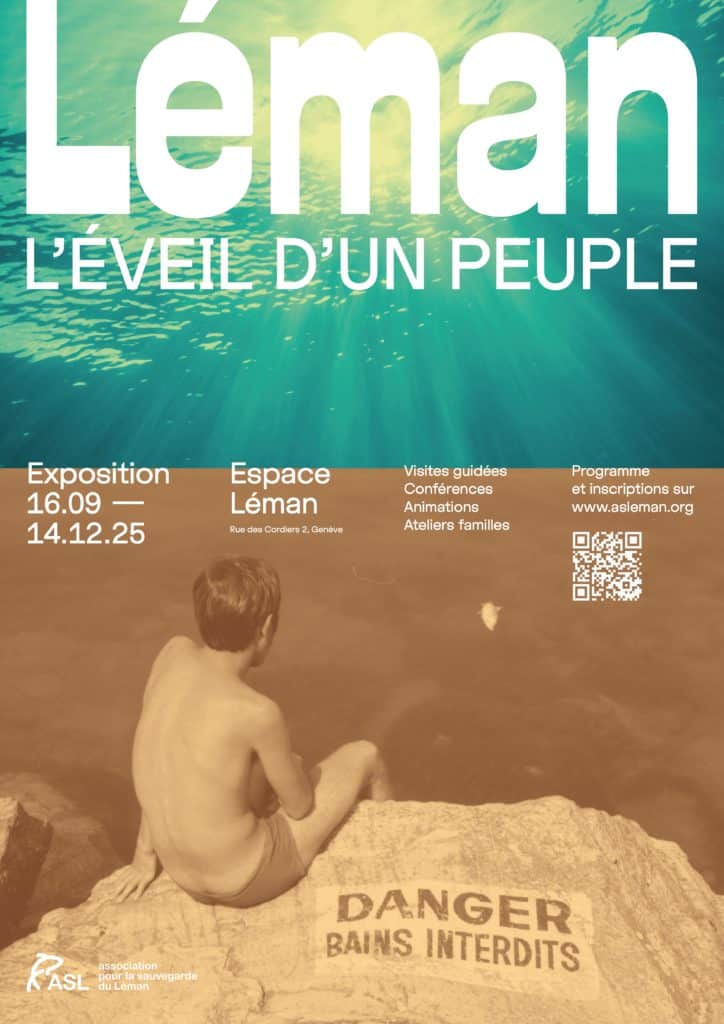(WATCHING THE TROUT LEAVE THE LEMAN RIVER) was the headline at the beginning of December, when ASL invited its readers to go and observe this particular phenomenon. Between November and December, 𝗹𝗲𝘀 𝗧𝗿𝘂𝗶𝘁𝗲𝘀 𝘃𝗼𝗻𝘁 𝗾𝘂𝗶𝘁𝘁𝗲𝗿 𝗹'𝗮𝗯𝗼𝗻𝗱𝗮𝗻𝗰𝗲 𝗱'𝗲𝘀𝗽𝗮𝗰𝗲 𝗲𝘁 𝗱𝗲 𝗻𝗼𝘂𝗿𝗿𝗶𝘁𝘂𝗿𝗲 𝗱𝘂 𝗟𝗲́𝗺𝗮𝗻 𝗽𝗼𝘂𝗿 𝗿𝗲𝗺𝗼𝗻𝘁𝗲𝗿 𝗹𝗲𝘀 𝗰𝗼𝘂𝗿𝘀 𝗱'𝗲𝗮𝘂 and find a suitable place for them to breed.
S̵a̵p̵r̵o̵l̵e̵g̵n̵i̵a̵. Sapristi. Here's one that jumps. By the way, doesn't she have 𝘁𝗮𝗰𝗵𝗲𝘀 𝗯𝗹𝗮𝗻𝗰𝗵𝗲𝘀 on her body?
Saprolegnia, Oomycetes, Oomycota, Chromista, a fine array of words to describe this micro-organism. In simpler terms, we can define 𝗹𝗲 𝗴𝗲𝗻𝗿𝗲 𝗦𝗮𝗽𝗿𝗼𝗹𝗲𝗴𝗻𝗶𝗮 𝗰𝗼𝗺𝗺𝗲 𝘂𝗻 𝗽𝘀𝗲𝘂𝗱𝗼-𝗰𝗵𝗮𝗺𝗽𝗶𝗴𝗻𝗼𝗻 𝗮𝗾𝘂𝗮𝘁𝗶𝗾𝘂𝗲.
The Oomycetes class is known to be the most widespread 'fungal' (caused by fungi) disease in fish. Saprolegnia is a genus of this order. 𝗘𝗹𝗹𝗲 𝗮 𝗳𝗮𝗶𝘁, 𝗰𝗲𝘀 𝗱𝗲𝗿𝗻𝗶𝗲̀𝗿𝗲𝘀 𝗮𝗻𝗻𝗲́𝗲𝘀, 𝗹𝗲𝘀 𝗴𝗿𝗼𝘀 𝘁𝗶𝘁𝗿𝗲𝘀 by attacking trout, particularly in the Doubs. But the fungus is also fond of Grayling and Loche.
The genus is often presented as a 𝗼𝗽𝗽𝗼𝗿𝘁𝘂𝗻𝗶𝘀𝘁𝗲 𝘀𝗮𝗽𝗿𝗼𝗽𝗵𝘆𝘁𝗲. That is, they feed on inert organic matter such as dead fish eggs. However, some species are 𝗽𝗮𝗿𝗮𝘀𝗶𝘁𝗲𝘀, feeding at the expense of a living "host".
The fungus will attack the mucosa and epidermis of the fish, 𝗮𝘂𝘁𝗿𝗲𝗺𝗲𝗻𝘁 𝗱𝗶𝘁 𝗹𝗮 𝗰𝗼𝘂𝗰𝗵𝗲 𝗲𝗻𝘁𝗿𝗲 𝗹𝗲𝘀 𝗲́𝗰𝗮𝗶𝗹𝗹𝗲𝘀 𝗲𝘁 𝗹𝗮 𝗰𝗵𝗮𝗶𝗿. Infected fish show fungal mats of different colours. While the 𝗴𝗿𝗶𝘀𝗲 colouration (or even brown or green) suggests a chronic infection soiled by particles in the water and algae, the 𝗯𝗹𝗮𝗻𝗰 "cotton" appearance indicates an acute infection.
Most of the trout that spawn (swim up the tributaries of Lake Geneva to reproduce) are infested by the fungus. Most often, 𝗹𝗲 𝗽𝗼𝗶𝘀𝘀𝗼𝗻 𝗲𝗻 𝗯𝗼𝗻𝗻𝗲 𝘀𝗮𝗻𝘁𝗲́ 𝗹𝘂𝗶 𝗿𝗲́𝘀𝗶𝘀𝘁𝗲. However, the genus Saprolegnia can become lethal for trout tired by travelling and forming their spawning grounds by stirring up gravel. This weakening by Saprolegnia can also be a gateway to other pathogens.
Some of these strains are even directly fatal to fish. This is the case with Saprolegnia Parasitica, which has been rampant for around ten years in the Doubs, but has also been observed in other rivers such as the Versoix. Don't panic on our side, 𝗹𝗲 𝗴𝗲𝗻𝗿𝗲 𝗦𝗮𝗽𝗿𝗼𝗹𝗲𝗴𝗻𝗶𝗮 𝗻𝗲 𝗿𝗲𝗽𝗿𝗲́𝘀𝗲𝗻𝘁𝗲 𝗮𝘂𝗰𝘂𝗻 𝗱𝗮𝗻𝗴𝗲𝗿 𝗽𝗼𝘂𝗿 𝗹𝗮 𝘀𝗮𝗻𝘁𝗲́ 𝗵𝘂𝗺𝗮𝗶𝗻𝗲.
Photo credits :
Sources :
![]() B. Austin (2012), "Bacteria and bacteriophages as biological agents for disease control in aquaculture", in. Infectious Disease in Aquaculture: Prevention and Control, 353-393
B. Austin (2012), "Bacteria and bacteriophages as biological agents for disease control in aquaculture", in. Infectious Disease in Aquaculture: Prevention and Control, 353-393![]() J. Meyer, T. M. Donnely (2013), "Saprolegniasis", in. Clinical Veterinary Advisor: Birds and Exotic pets, 64-65.
J. Meyer, T. M. Donnely (2013), "Saprolegniasis", in. Clinical Veterinary Advisor: Birds and Exotic pets, 64-65.![]() RTS (2014), " Saprolegnia mycosis identified in the Aare, Inn and Versoix rivers "
RTS (2014), " Saprolegnia mycosis identified in the Aare, Inn and Versoix rivers "![]() Le Temps (2012), "Killer fungus plagues fish in the Doubs, Loue and Sorne rivers".
Le Temps (2012), "Killer fungus plagues fish in the Doubs, Loue and Sorne rivers".


